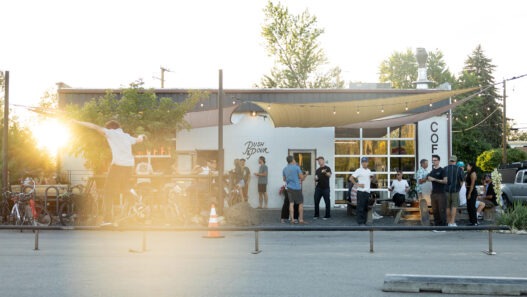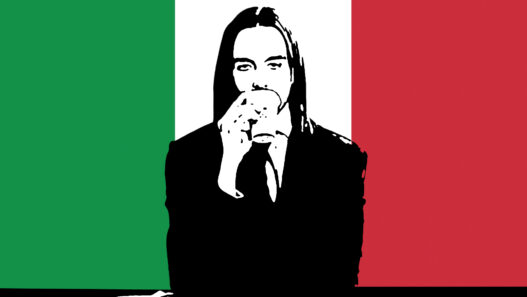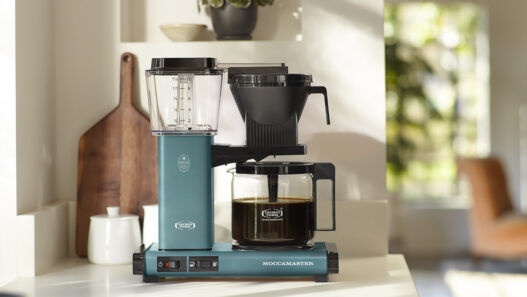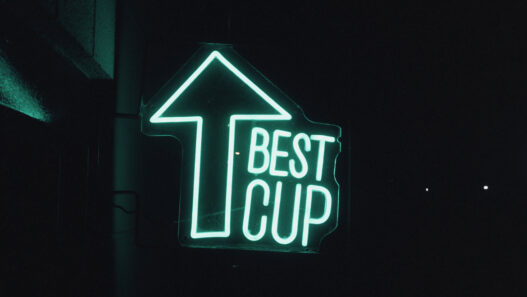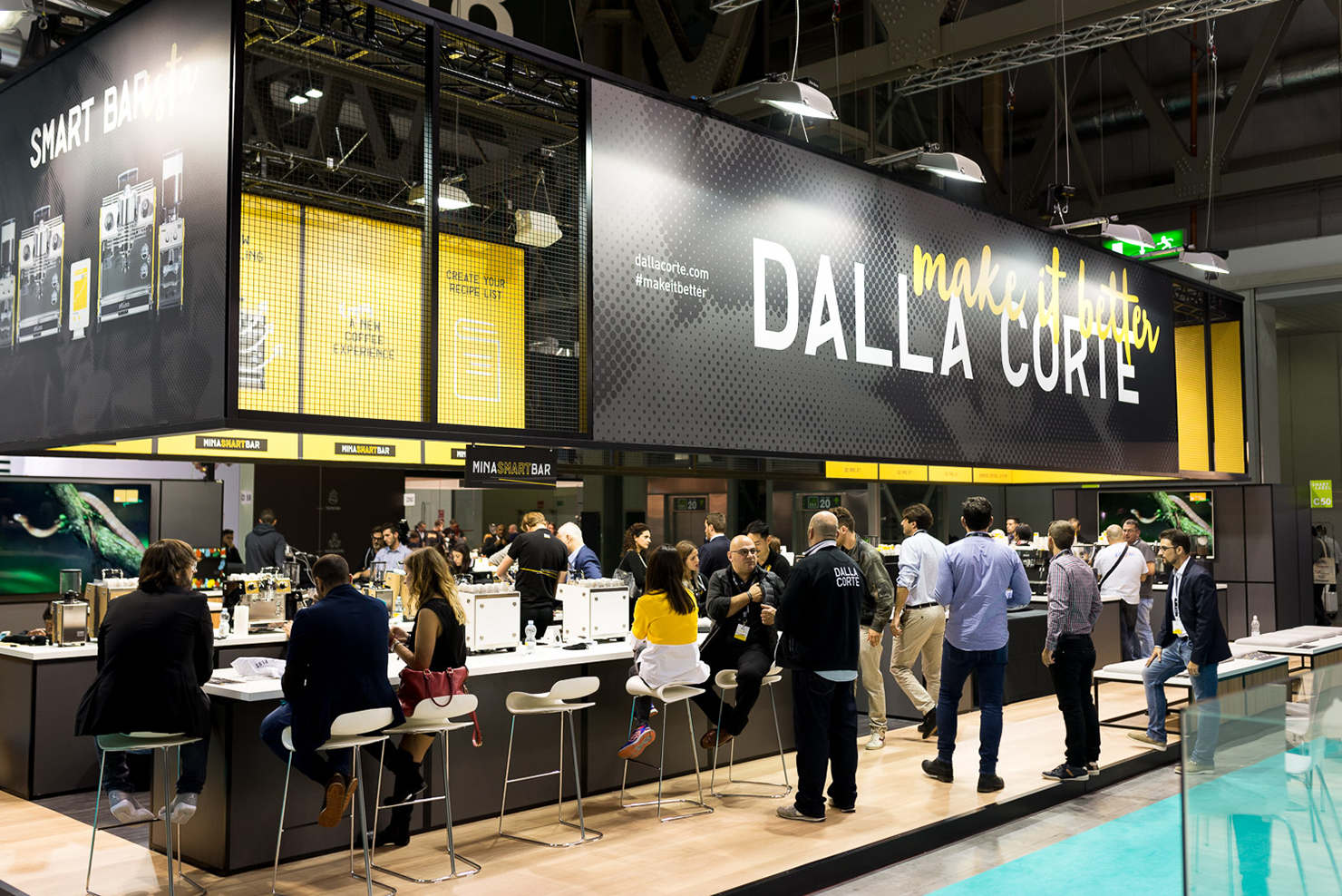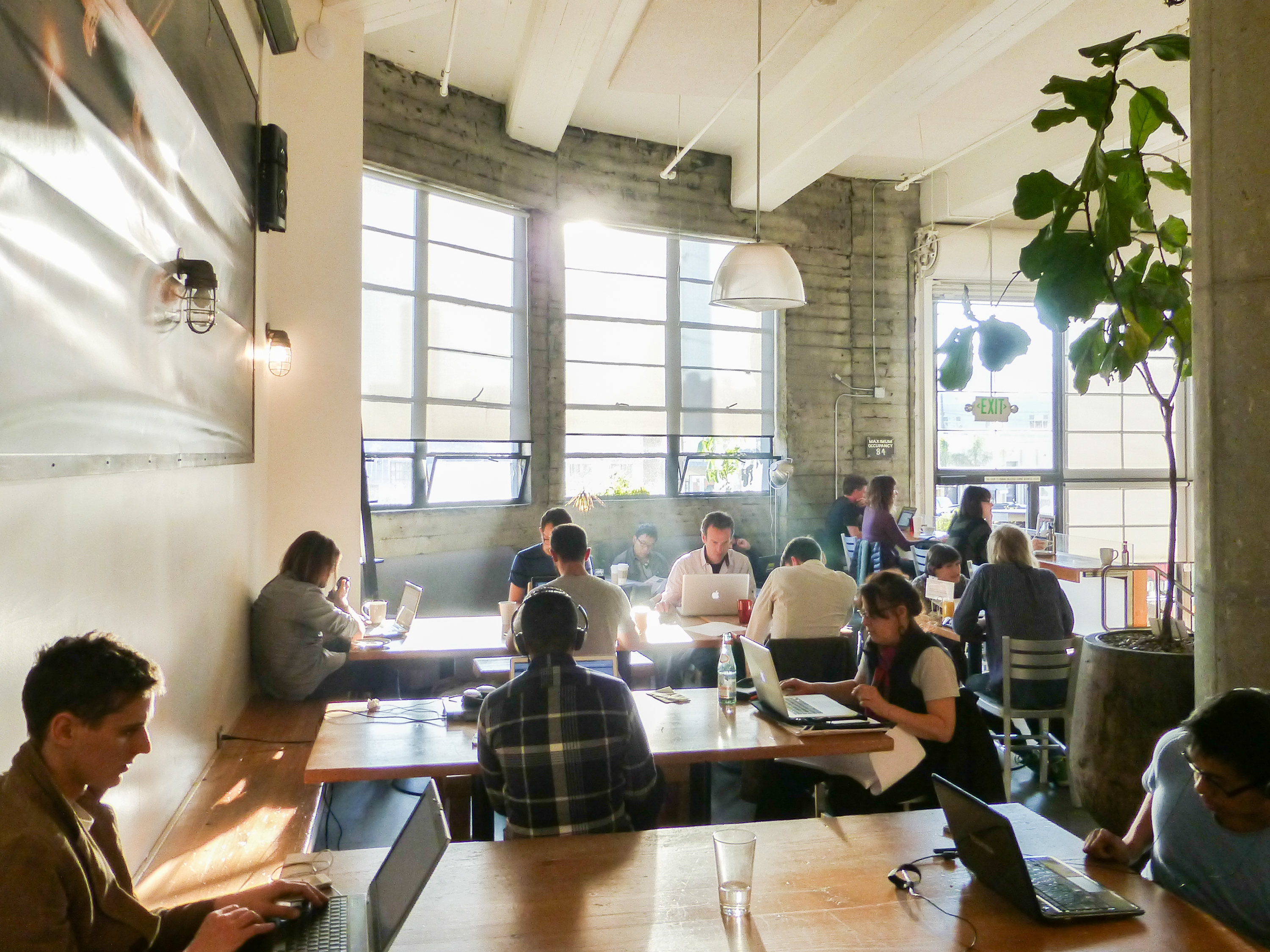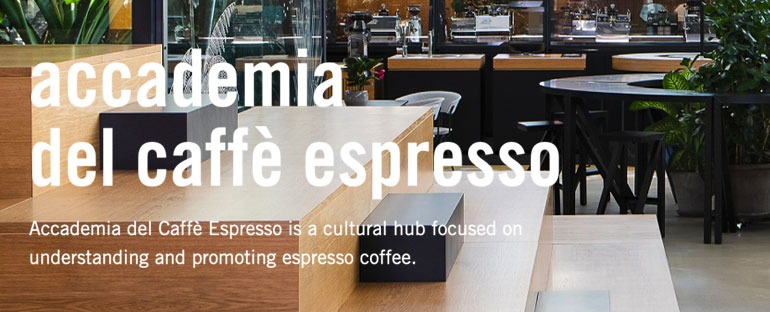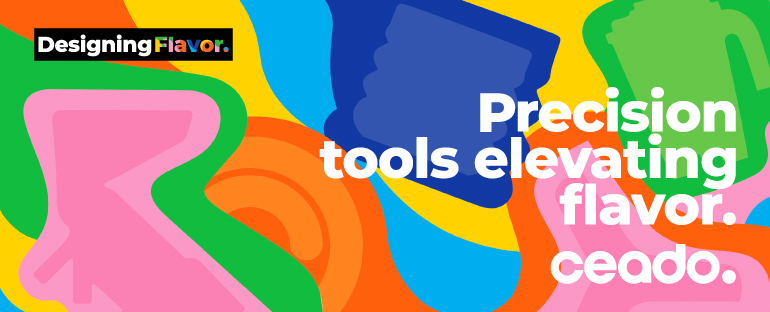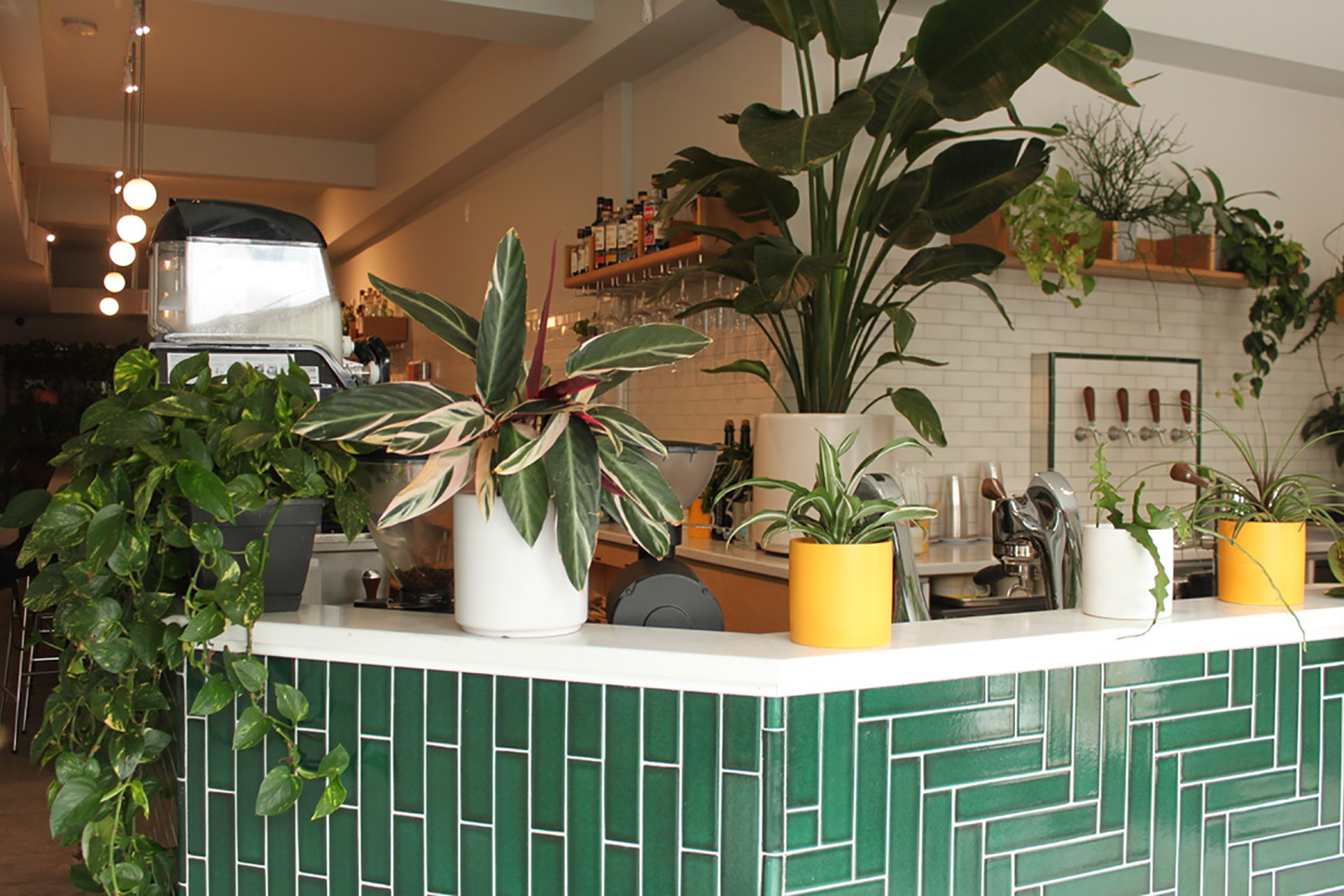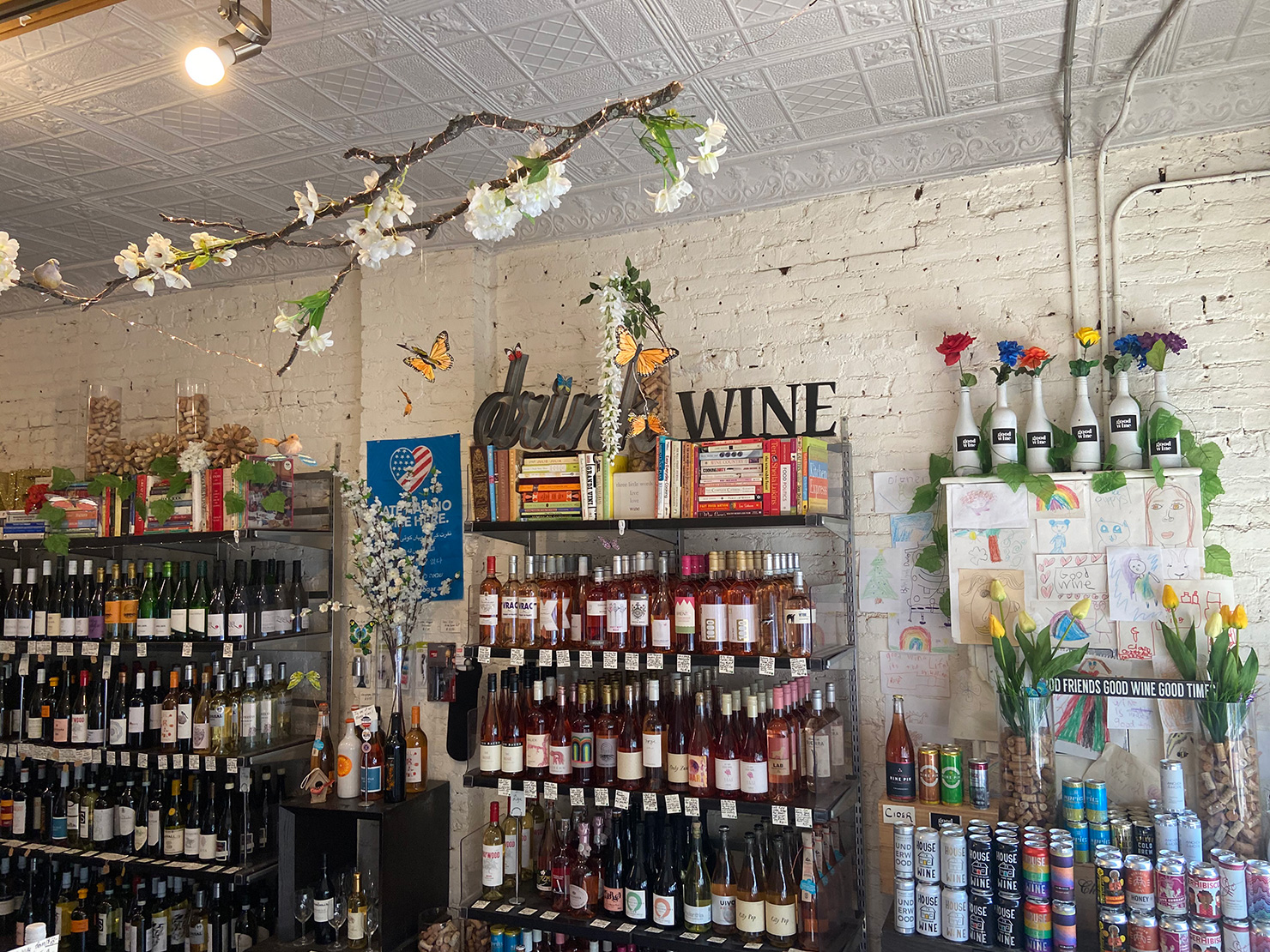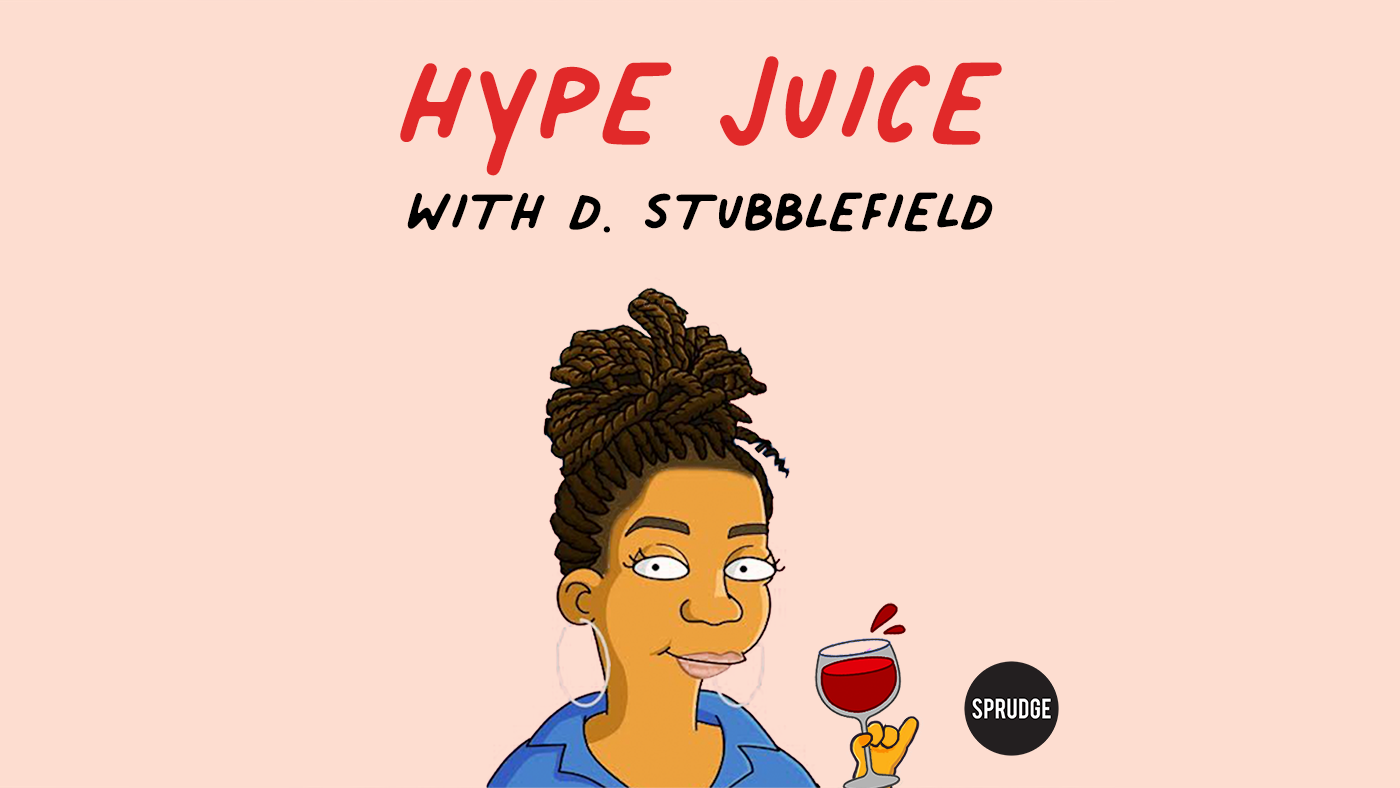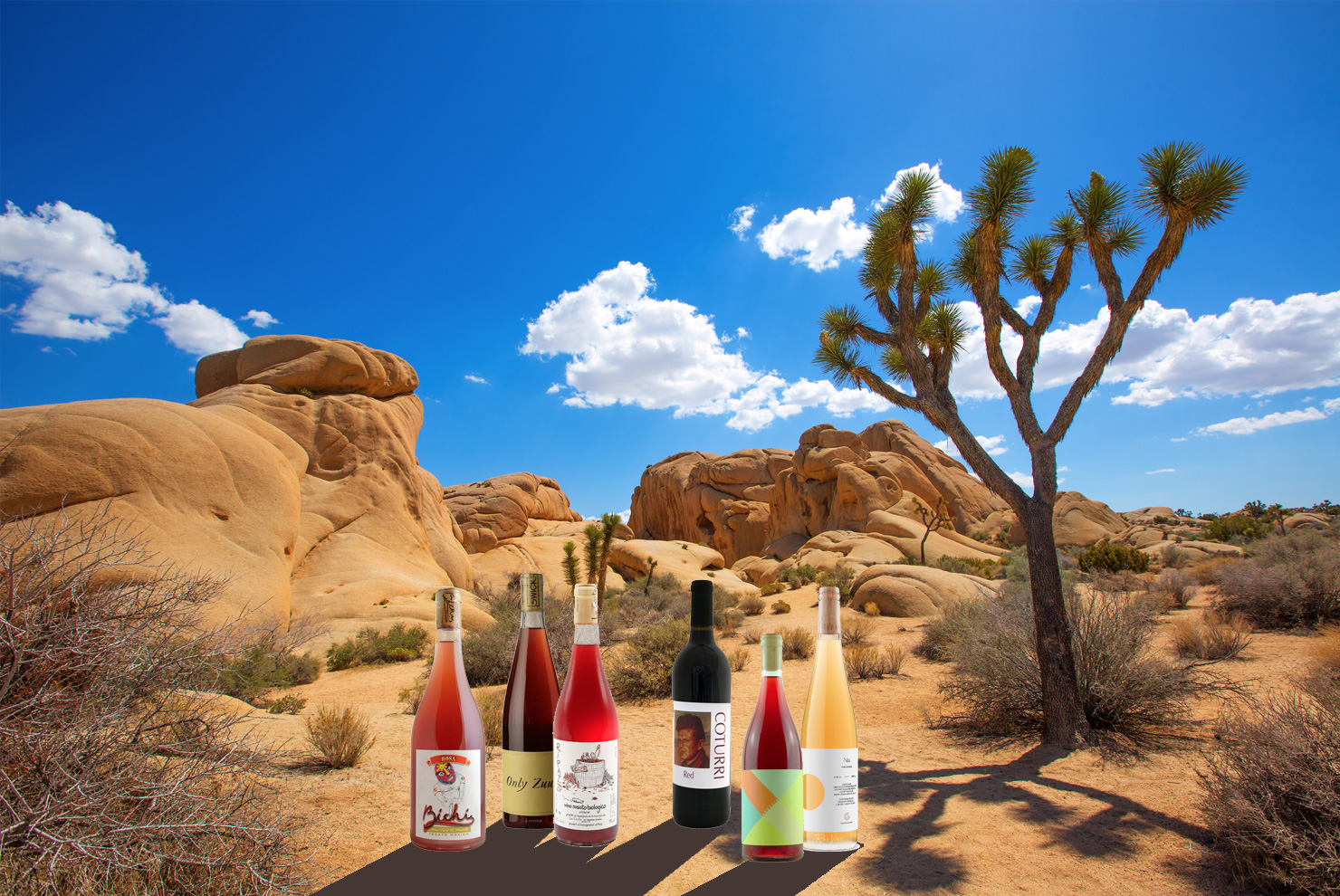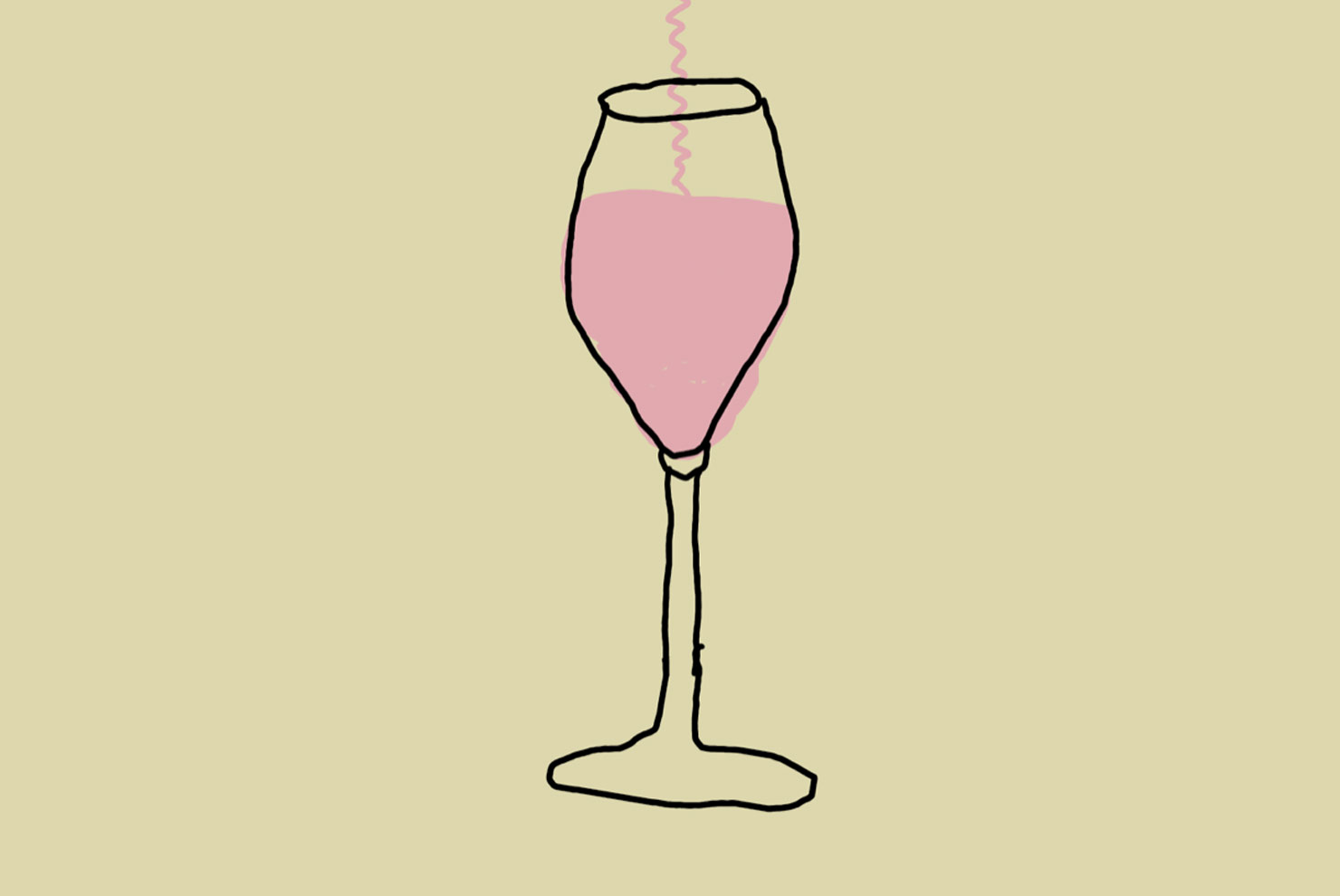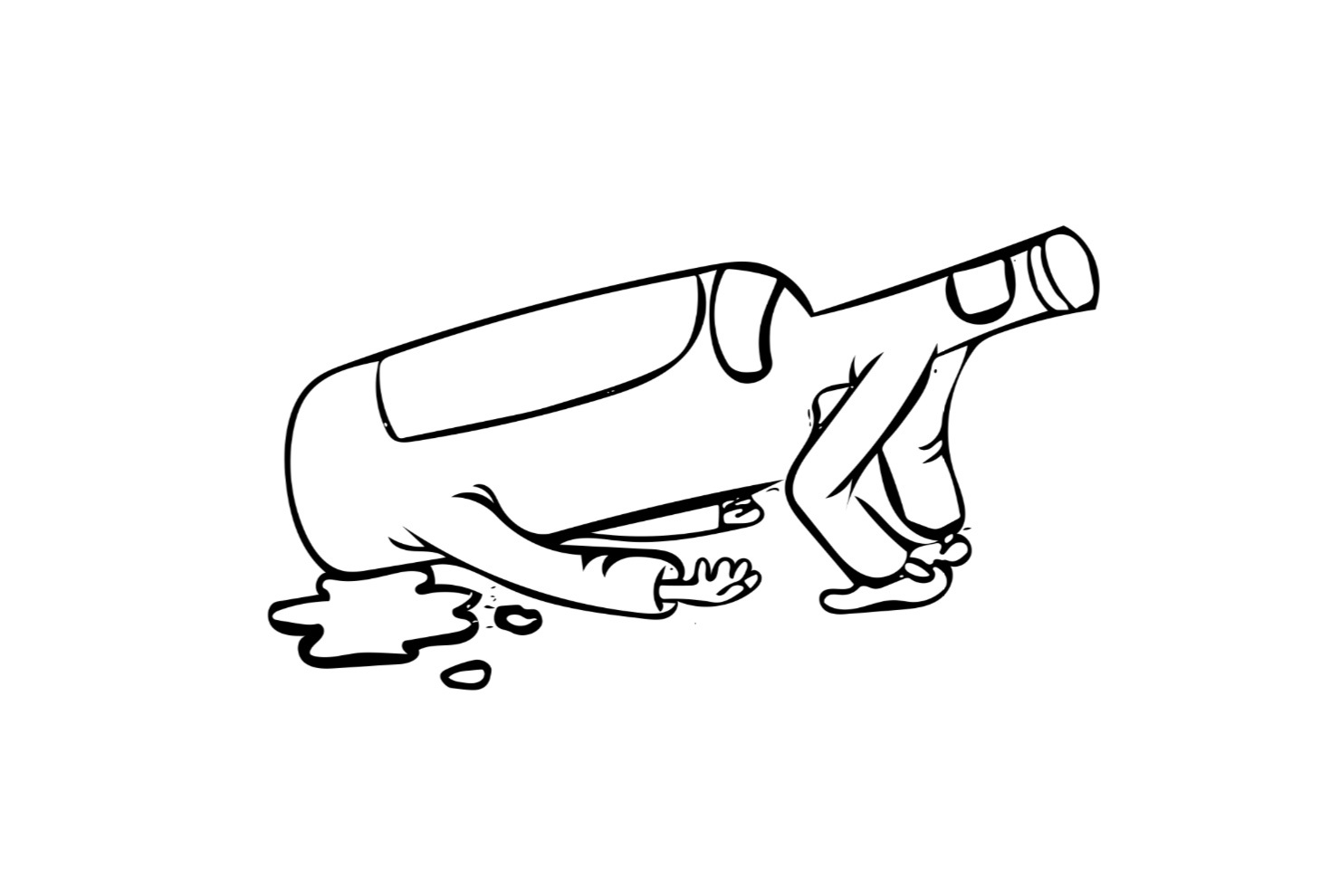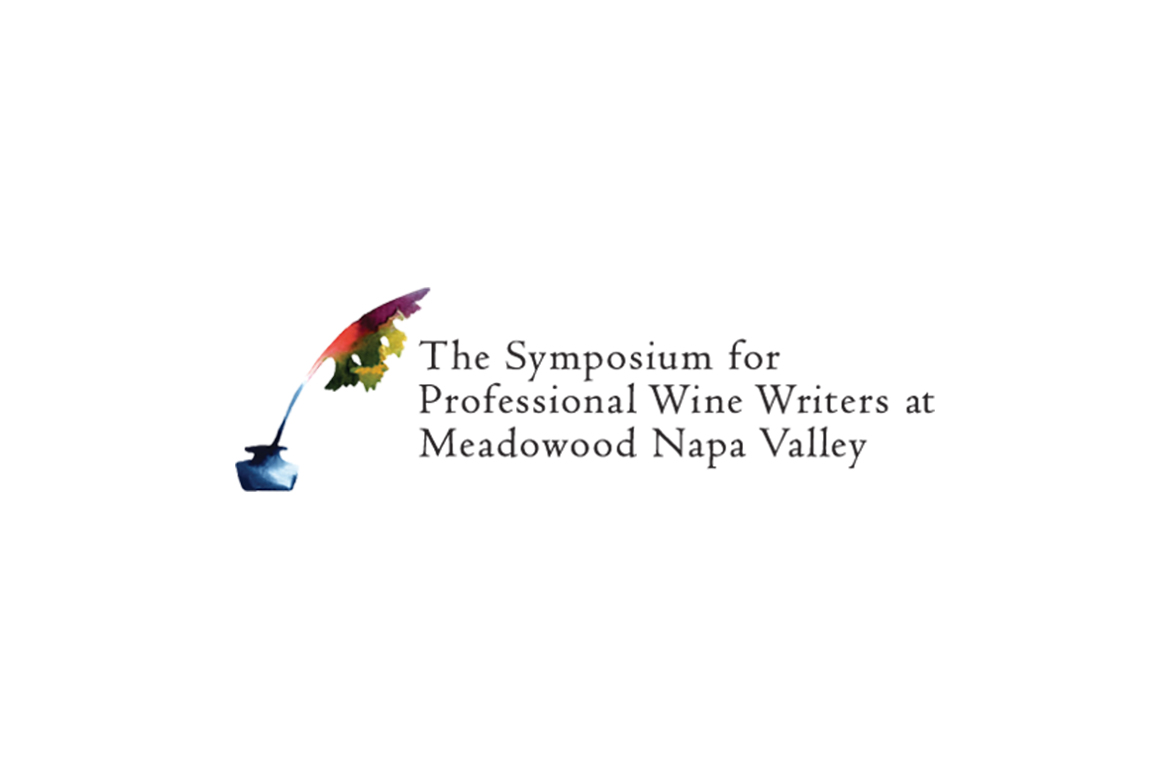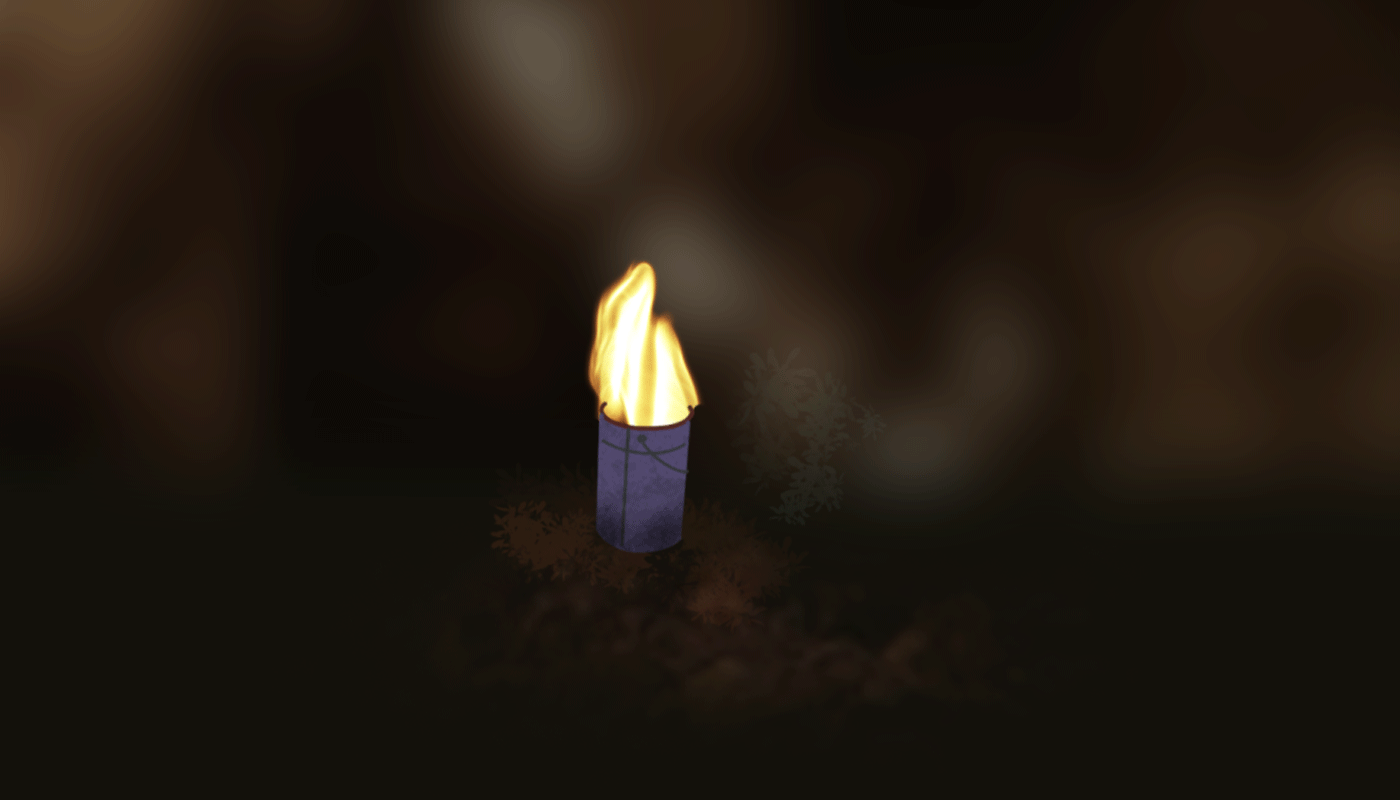The natural wine fair phenomenon is still relatively new here in the United States, but in places like France, the UK, and Australia it’s a destination concept in the national drinking landscape. Now the biggest international natural wine fair series—RAW WINE—is poised to pull off back-to-back events in the United States, with New York City dates November 5th and 6th and Los Angeles dates November 12th-13th.
This is RAW’s second year in New York, and first-ever event out on the West Coast. Both the LA and NYC events boast a murderer’s row of minimal intervention winemakers from around the world, offering wine pros and fans alike the opportunity to meet their winemaking heroes all in one place, plus plenty more under the radar producers waiting for a spot on your wine list. While trade focused, both events offer public days, and much more information can be found in the ticketing page for New York and Los Angeles.
Behind it all is the dynamic author, educator, TV host, and wine consultant Isabelle Legeron. She’s the creator of RAW WINE and the only French woman to hold a Master of Wine—wine industry nerd types need no introduction, but more casual drinkers and Sprudge followers should know that Legeron is one of the most influential and important figures right now in the global natural wine scene, a trailblazer of sorts, proselytizing for greater transparency in the world of wine and making stars out of small natural winemakers in the process.
I was thrilled to have an opportunity to interview Isabelle Legeron in advance of next month’s RAW WINE events, in a wide-ranging interview that touches on everything from sulfite levels to LA venues to talking natural wine with newcomers. This is actually the second time I’ve interviewed Legeron; the first time around, back in 2015, we focused on how wine relates to coffee, and what lessons the coffee world might glean from the commercialization of wine. In the two years since I’ve read her book cover to cover more times than I can count. Her influence on wine drinkers like those who publish and contribute to Sprudge Wine cannot be understated.
This interview occurred in two parts: by phone between London and Portland, and from the back room at The Ten Bells, Manhattan’s iconic Lower East Side natural wine bar.
This interview has been edited and condensed for clarity.
Hello Isabelle, and thank you for making time to speak with me—let’s jump right in. The RAW WINE website says your mission is to “celebrate wines with emotion”—what does that mean to you? Why use that word, emotion?
Because I think for me, wine is more and more about—and I mean natural wines, you know, low-intervention biodynamic wines, the family we represent at RAW WINE—more and more I think it’s all about tasting wines with your stomach and with your instincts rather than with your head, with point scores and fancy tasting notes. Moving away from over-education, these wines are alive—they haven’t been sterilized to death, or over-sulfited. They’re still alive, and they have a liveliness, they provoke emotions. They can be open and generous one day and closed, withdrawn the next. They can express themselves very differently across time. “Wines with emotion” relates to a more physical way of appreciating wine, one that is diametrically opposed to the clinical, intellectualised one that seems to pervade much of the wine world today. It is a more gutsy, real, feeling-based approach if you like.
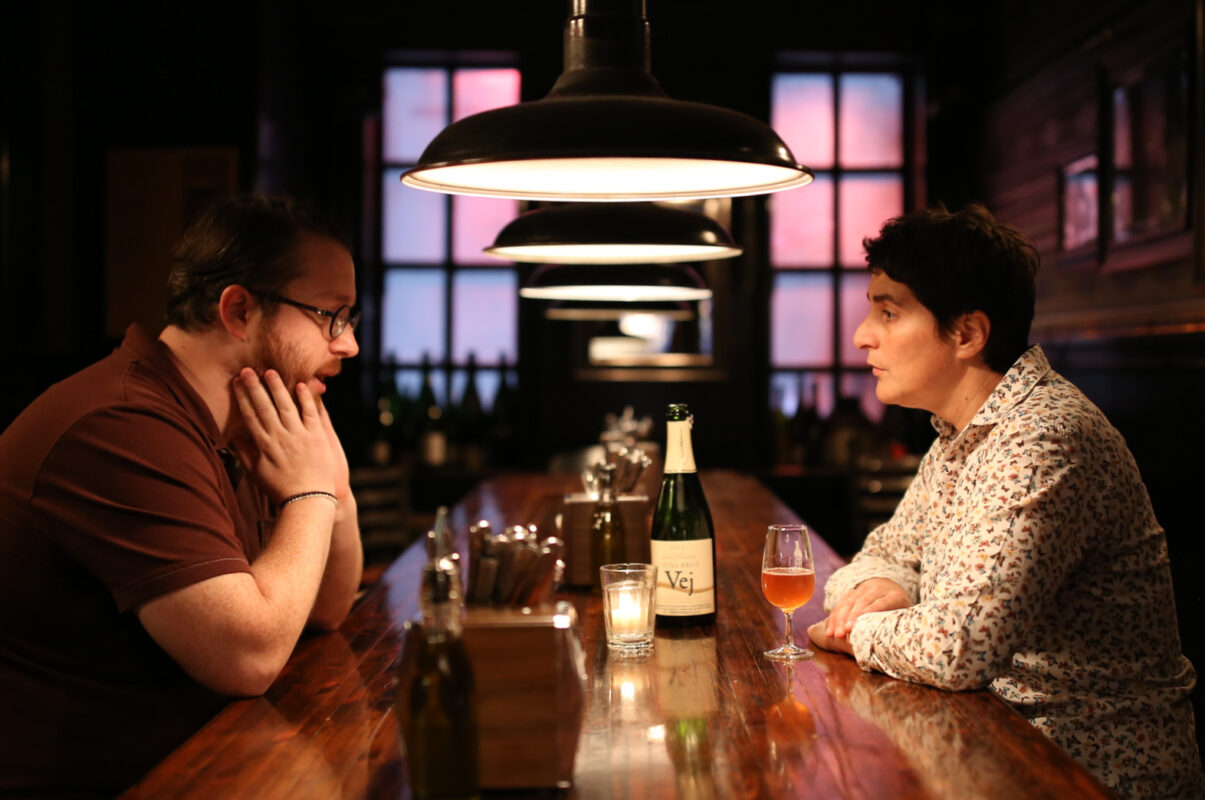
Elsewhere on the site you say the event stands against “industrialised, big-brand, manufactured, nothing-but-alcoholic-grape-juice wines, that use imagery and suggestion to sell a product.” Just how big of a problem is this? How much of the industry works in this way?
I want to qualify the question: I’m not saying that we’re standing against this big industry, or that the wine manufacturing industry is a problem. My main concern is that there’s no transparency — it’s all lumped together under “wine”. There’s no list of ingredients. That’s my issue.
But I would say that the vast majority of the wine industry, in terms of volume, and in terms of cash, is basically dominated by the bigger brands, the more industrialized brands using conventional winemaking practices and farming. We’re talking about a very small minority in terms of people who farm naturally and use low intervention in winemaking.
It’s very akin to what’s going on in the food industry. How much of the milk sold today is produced in small, natural quantities, rather than being artificially stimulated for production on scale? How much bread is produced in small batches and with organic flour? Natural wine is in the same realm.
Do you find that food analogy as being particularly helpful when talking about natural vs. industrial wine to newcomers and amateurs?
Yeah that’s one of my first, you know, entries to discussing it. I think that particularly in the United States, there is already a huge awareness of the GMO conversation, a huge divide around it, and I think that Americans are very aware of what they’re eating. But funnily, it hasn’t always traveled through to what they’re drinking. And so food is a great way to start talking about wine, and people get it.
Coming from Europe, and hosting these fairs now in America, I’m wondering if you look at the US as a sort of sleeping giant for natural wine?
I mean, look—I’m not American, and my experience is obviously limited to just talking to people, and mostly on the East Coast and West Coast because that’s where I’m going to work on the fair. I don’t know what it’s like everywhere. But I find in California, in the cities, people are hyper-aware of being into eating well and exercising, aware of their health. Look at Whole Foods in America and it’s clear that there’s a big market for health-conscious eaters. But for many, the wine aspect of it hasn’t dawned on them yet, and in a way, in Europe, yes, people are more aware of it. Maybe that’s because the story, the marketing around natural wine has been around longer in Europe, but it’s starting to happen in US, and that’s why I’m so excited about the project that we’re doing with the fairs in New York and LA. I think particularly in LA it’s just the beginning and people are really open to it. When the penny drops, that’s going to be a very exciting place for growth.
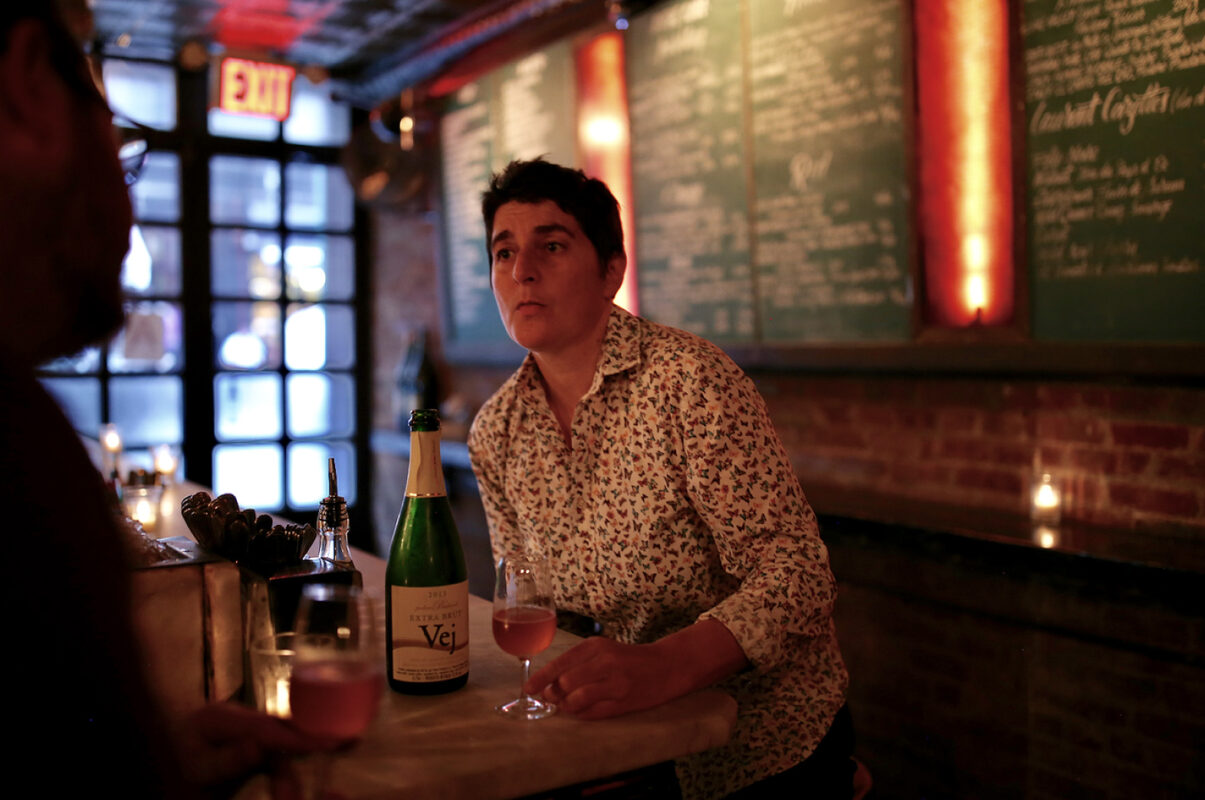
I do absolutely agree that LA is one of the most exciting places in the country for natural wine right now.
I like that you say this festival is for “fine, natural wine.” It seems like there’s been an effort to separate the terms—”fine wine” as being different from “natural wine”—and so and it’s meaningful to see them put back together.
From the beginning of launching the fair, we wanted to position these natural and low-intervention biodynamic wines in the fine wine realm, because there’s a perception of this glou-glou style made for consumption within a year. As a result, it puts off a lot of people who are more interested in a more classic expression, or more interested in aging these wines—and I was keen from the word go to reach out to wine bars and casual eateries, but also reach Michelin star restaurants because these wines deserve it. In my opinion, these are fine wines, and those are words I’m keen on using to help shift perceptions.
Have you seen the attendee demographic of RAW WINE change over the years? Are there more consumers now?
No—that’s because we sort of control that aspect. We want the space to be 25% public and then the rest trade attendees. We monitor that. Because ultimately, I want this fest to be about the trade community with a little bit of the public coming in and visiting the fairs. The demographics are still very similar—30 to 40-45 in terms of age, late-20s maybe, very urban—people who care about the environment and where they spend their money.
When we started in London, I would say 90% of the first year were Londoners with a bit of international attendance, but now the fairs are truly international. Wherever we are, we get people from Japan, Australia, Russia attending the fairs. I know in LA a number of people coming down from Vancouver BC. The movement is getting more global and people are prepared to travel distances.
Let’s talk about the winemakers—is there one winemaker in particular pouring at these upcoming RAW WINE events who you think is emblematic of the festival at large? [Laughs] I’m not sure it’s a good question for me…somebody like Frank Cornelissen is emblematic both of the festival itself and the natural wine community at-large. He is a great ambassador of what natural wine is all about. Properly farmed using organic, permaculture practices, and made with little intervention in the cellar, his wines are beautiful, expressive, and long-lived. What more could you want—he is totally deserving of his resounding success, which is gorgeous to see as, like so many in this counter-cultural wine world, his journey has not always been easy. And, in terms of us, he has always been loyal to the fairs, from the very beginning; showing us unwavering support despite his huge following. We feel very lucky indeed to count him amongst our number.
In a way, about the fair collectively, that’s the strength of the fair—there is an incredible diversity of personalities, of wine styles, regions, and when I open the catalogue and look at who is coming to LA and NY I feel really proud. We’ve been able to assemble just an amazing group of people to give satisfaction to the visitor. More than any one person, it’s the collection of people coming together that give the strength, and that’s the personality and identity of the fair. When I get feedback from people and learn why they come, they come for the fact that we try and make it a very professional environment, where they’ll find new growers and people who have never really traveled to the States before. People tend to find the selection interesting.
How about a newcomer—anyone new you’re especially excited to have join the fest for the first time?
We’re totally thrilled that Andrea Calek (from the Ardèche) and Domaine des Côtes de la Molière (from Beaujolais) are joining us for the first time in L.A. They are both small producers, for whom traveling all the way to the West Coast to pour is a huge deal. In a way, that’s also the beauty of, I think, the growers coming to the fair: you have people who make not even 10,000 bottles coming, as well as some bigger growers who make 50 or 70k bottles, and in a way, it’s also that’s interesting for the diversity. If you’re looking after a restaurant wine list you might want a cuvee from someone where you can only get 10 bottles, but then also from someone who has more volume.
Is there a particular winemaker you’ve always wanted to have pour at RAW WINE, but haven’t been able to make it happen?
We’re getting more and more Champagne producers and more Burgundy and Bordeaux. Wines from more classic appellations, where winemakers might not have previously wanted to identify themselves with what we’re doing. Gravner is coming to both LA and New York this year, which is quite a coup for us. La Maison Romane, a producer in Burgundy making really beautiful high-end wines—they sit on a wine list for $150 or $200 minimum—he’s coming to the fair. We are attracting a bigger diversity.
Each year, we give away a few places to growers because I know they cannot afford to come, and we say, “Just come anyway”—we try and help people as much as we can financially. I would love to be able to say to tiny producers that barely get out, “Come and we’ll fund everything”—that would be the ideal. If I could find a financial model where that could be possible that would be amazing.
Can you tell me about the journey to your current venue in LA?
Well—so, you know—we had to change it a week ago.
Yes, I was trying to politely set that up for us to discuss.
The venue we chose folded two weeks ago. Which was, you know, a huge shock, because I heard when someone emailed me to say “Hey, I just bought tickets but the venue closed”—and I was in Italy, teaching at the Slow Food University. It was a huge panic. But the venue was responsible, and they helped line us up some options, and then I flew out a few days later, visited a few places, and found the Vibiana, this old cathedral—it was luckily available, it was agreeable on terms, and that’s where we’re holding it. And I have to say it is a beautiful, beautiful space, perfect for us—it’s more central than the Springs was, actually—and the beauty is, it’s a very old building in urban LA, with a big courtyard that’s very green. The tasting will be inside the church and it’s got tons of natural light, and then we’ll have food trucks in the courtyard so people can go from a busy downtown area to an oasis and it feels very right. I’m excited for the venue.
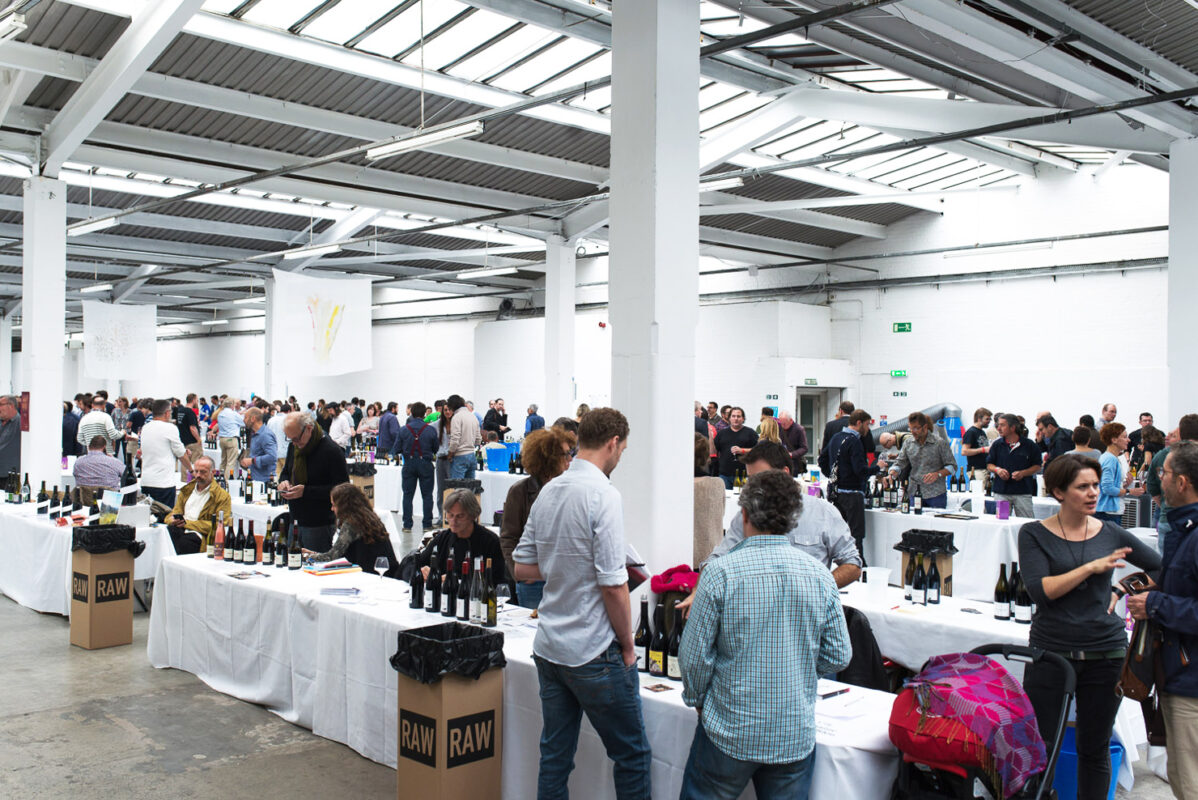
I’m curious, you ask your winemakers at RAW WINE to submit paperwork “detailing total levels of sulfites for each wine” and do not allow wines above 70 mg/L of sulfites. Why that number?
Frankly speaking, 70 mg/L is very generous, particularly if you think about red wine, and anyone not able to make wine under that level probably needs to be working on what they’re doing. In fact, we have been discussing lowering the total to 50 across the board and we will likely evolve in that direction, but in the meantime we’re at 70.
It was a bit of an arbitrary number but we needed a total that would work across the board—regardless of colour, style, or sweetness—and decided to opt for a more generous maximum as I wanted to be inclusive, to help people get on board and work towards a more low-interventionist philosophy, help them understand that this is a journey. It is meant as a way to open up this world to people on the fringe—get them to meet other growers, be inspired and be confident that there’s a market for wines that are made differently and are less controlled. The result is that we’ve seen people really evolve over the years, which is extremely exciting. They join us with totals just under 70 mg/L, and then year on year, their totals go down and down, some ending up completely natural across all their wines. It is a beautiful thing to see and to taste.
So that is why I wanted to err on the side of generosity, as far as sulfites are concerned—so that I could encourage people to work towards reducing their levels, and it has worked.
In the industrial winemaker world, is it common for wines to have above 70 mg/L? How high can it get?
In the EU, the maximum for whites is 200, the maximum for red is 150, and the max for sweet wine is 400. But actually, if you took a random bottle from a supermarket and did tests, you’d find quite a few above the legal limit. People use sulfites at every given opportunity—on the grapes, in the juice, at bottling—a lot are added. In fact, I am pretty sure that almost any wine you’d pick up in a supermarket in Europe would be well above our limit of 70 mg/L total, whether it’s red, white, pink, or orange. I read pan-European research that sampled a range of high-end Bordeaux and found them higher than even the legal limits. So when you start looking at the whole picture, you realise how extraordinary the growers at the fair are. 70 mg/L really is very little in the grand scheme of things and that’s important to remember. We are focused on this tiny world and we nitpick over 20 or 10 parts in a liter, and we forget that actually in the context of the bigger picture, this is nothing.
I quibble over somebody because they add x amount but they don’t fine, filter, or add yeast and they farm organically—it’s important to remember what these guys are doing. Even if they add 50 parts, it’s amazing. It’s incredible, it’s a miracle, a commitment, it’s love. It really is important not to lose perspective.
Talk to me more about the #rawwineweek festivities around RAW WINE—what can American wine drinkers expect? And have you piloted this in Germany and the UK?
RAW WINE Week—we’ve done it a bit in Germany and London, but more testing the water. We did it in New York a little bit last year, but not on this scale. Now what we want to do with RAW WINE Week is, whenever there is a wine fair in town, we want everybody to get involved whether they are in the same city or 1,000 miles away. For us, it’s a great way to get more people involved. Not everybody can actually travel to New York or LA but it’s a great way to engage the local community, support the local wine bar in North Carolina or in Portland or Chicago who might not really see the benefit of us doing a big event in New York or LA, and support them by giving them some visibility and making sure the importers reach out to them. It was to make the fair as local as possible and make it a much wider celebration. At the end of the day, the fair is the business transaction—we want people to have fun, but we want the importers to sell more wine. It’s a win-win situation and I hope it will create a virtuous cycle where everyone can help each other and grow as a momentum and that the growers will benefit, they’ll get to visit more of the US, and they’ll have access to more consumers. It’s going really well and people are super excited about it.
Thank you.
RAW WINE New York happens November 5th-6th at 99 Scott (99 Scott Avenue, Bushwick, Brooklyn). Tickets available for trade and public here. More information at the official RAW WINE New York website.
RAW WINE Los Angeles happens November 12th-13th at Vibiana (214 South Main Street, Los Angeles). Tickets available for trade and public here. More information at the official RAW WINE Los Angeles website
Jordan Michelman is a co-founder and editor at Sprudge Media Network. Read more Jordan Michelman on Sprudge Wine.
Photos by Zachary Carlsen for Sprudge Media Network.






